Technology
Top 10 Free and Paid Apps for Scheduling for Your Online Appointments
Published
3 years agoon
By
Skylar Lee
Many professionals have to attend meetings all day long and may need help managing those meetings. After all, you want to ensure that you’re attending the most important meetings of the day and that you need time for yourself after each appointment or meeting. And if you want to stay sane and get reminders for your meetings, here are the best apps for scheduling!
1. Calendly
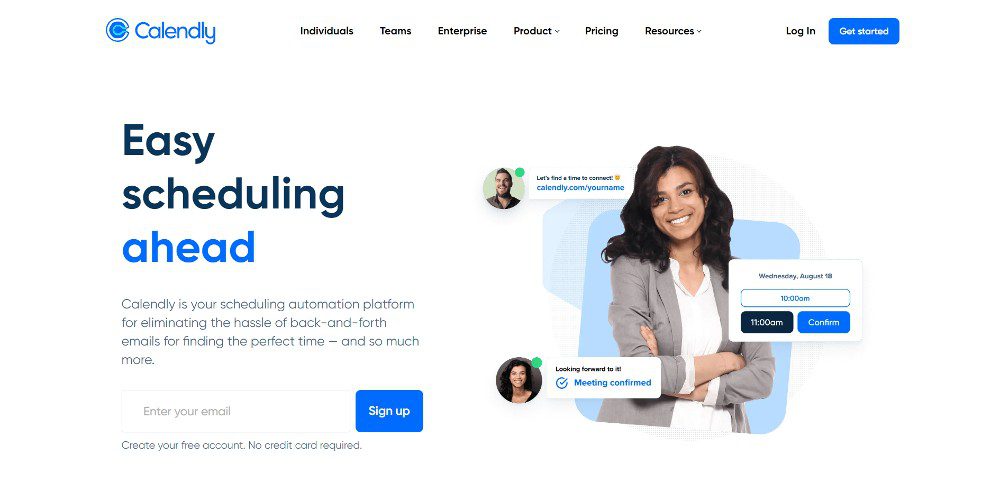
Schedule your meetings and be on time with Calendly. Calendly is one of the best apps for scheduling since you can set appointments with a few clicks. With Calendly, you can arrange meetings for the following purposes:
- Sales
- Marketing
- Recruitment
- Customer Success
- Information Technology
- Education
And if you want to increase your scheduling and appointment rates, Calendly has an Analytics dashboard to help you understand your guests. Plus, if you want to send constant reminders about meetings, they have a workflow feature to make sure your guests will show up on time. In addition, Calendly is collaborative thanks to its team scheduling and meeting polls features.
Pricing:
- Free
- Essentials – $10/seat/mo
- Professional – $15/seat/mo
- Teams – $20/seat/mo
2. Square

Square is known for its accounting and invoicing software applications. However, Square also has a scheduling feature. Their scheduling feature is ideal for eCommerce and small business owners, so that they can be on top of things. Square has listed these small businesses that can benefit from their scheduling app:
- Hair salons and barbershops
- Beauty and nail salons
- Personal training
- Health and wellness
- Professional services
- Home repair and cleaning
- Tutoring and music lessons
Square’s appointment feature works best with its POS, making scheduling seamless from the moment the customer sets their appointment.
Pricing:
- Free
- Plus – $29/mo
- Premium – $69/mo
3. Setmore
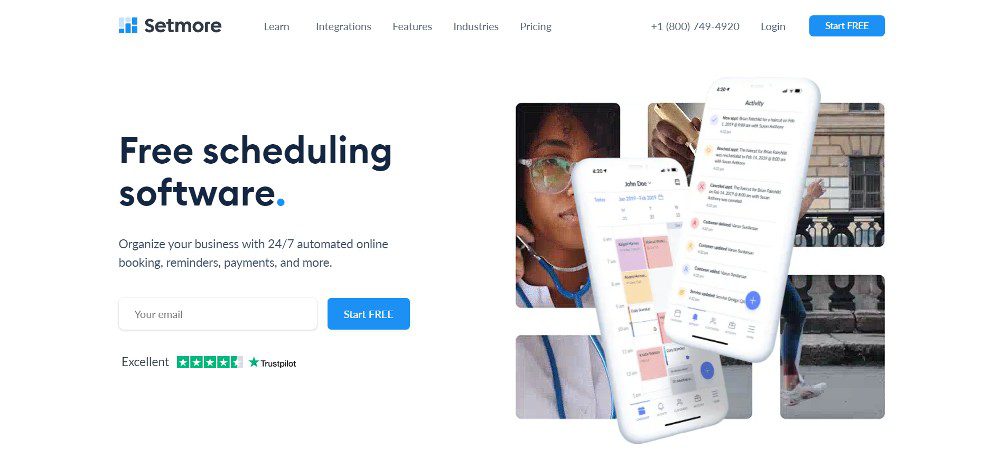
If you want a scheduling app that you can integrate into most of your workflows, Setmore is one of the top apps for scheduling for that purpose. With Setmore, you will have a dedicated page for all your bookings, meetings, and appointments. You can customize your Setmore page with your branding and add your social media pages.
But what makes Setmore the go-to scheduling app is its integrations to make everything seamless. For example, you can set bookings through social media. Or, you can send payment reminders through Square.
Pricing:
- Free
- Premium – $12/user/mo
- Pro – $9/user/mo
4. Doodle

Reduce no-shows and avoid double bookings with Doodle! You can create different booking pages with Doodle and set different times. Plus, you can even customize your booking pages, depending on how many meetings you want in a day.
In addition, if you might have a double booking, Doodle will save you the hassle of booking multiple meetings in one day by moving dates. Like Calendly, there’s a collaborative feature called the Group Poll to democratize appointment setting.
Pricing:
- Free
- Pro – $6.95/mo
- Team – $8.95/mo
- Enterprise – Contact sales
5. Acuity Scheduling

Acuity Scheduling isn’t just for businesses and professionals. It’s one of the best apps for scheduling for medical practices too!
With Acuity Scheduling, your patient’s private information is secure, thanks to its HIPAA-compliant feature. You can also integrate your payment apps, such as Square, PayPal, and Stripe. But what makes Acuity Scheduling one of the best out there, you can offer gift certificates, group classes, and memberships through their app.
They have sample scheduling options for many businesses to check out before they can commit to Acuity Scheduling.
Pricing:
- Emerging – $15/mo
- Growing – $25/mo
- Powerhouse – $50/mo
6. Appointy
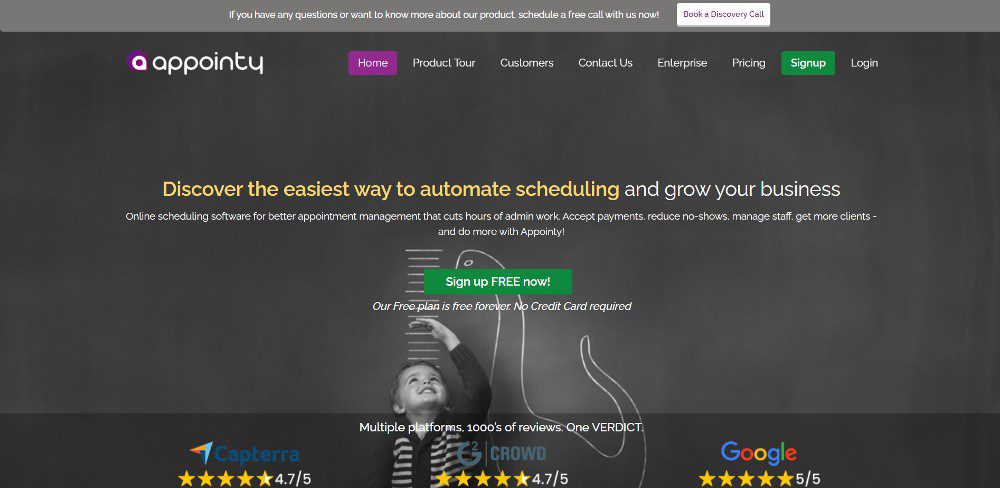
Appointy eliminates the frills in scheduling by making it simple and functional for its users. You can customize the hours and intervals you set when customers book appointments with your business.
Plus, it has back-to-back bookings, meaning customers can set multiple appointments at once at a certain time, and Appointy ensures that all those bookings are batched into one time. In addition, they have a recurring appointment feature for those who may need to get back to your business more than once.
Appointy is also ideal for the educational sector and event management businesses.
Pricing:
Free
Growth – $29.99/mo (1 staff only)
Professional – $59.99/mo (5 staff members)
Enterprise – $99.99/mo
7. SimplyBook.me
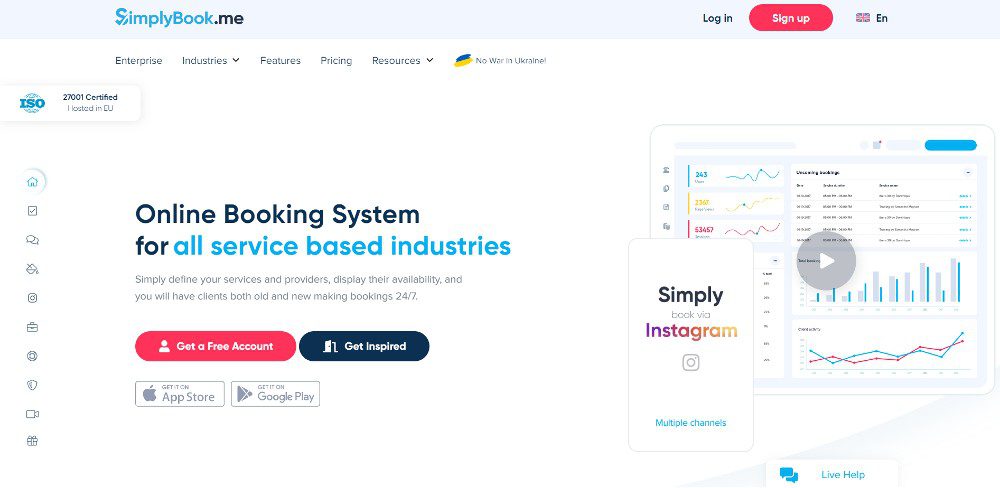
SimplyBook.me is another app for scheduling ideal for service-based businesses. It has the features that most scheduling apps would have, such as reducing double bookings and no-shows, booking via social media, and accepting those bookings 24/7. They also have a waiting list, memberships, events, and tickets feature. Aside from those, you can use SimplyBook.me for marketing, sales, business, and client management.
In addition, SimplyBook.me allows users to have their customized scheduling site.
Pricing:
- Free
- Basic – $9.90/mo
- Standard – $29.90/mo
- Premium – $59.90/mo
8. Appointlet
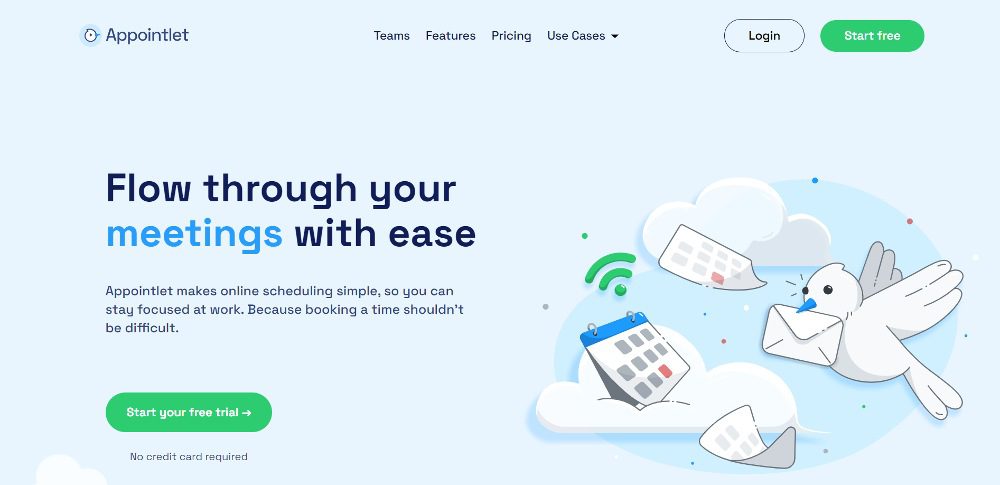
If you’re looking for another affordable app for scheduling, why not try Appointlet? You’ll find similar features, such as a link to your scheduling page, customize your scheduling page, and integrate your page into your website. But Appointlet does more than your average scheduling app.
For one, if you have an existing scheduling app but switched to Appointlet, you can review and manage meetings with Appointlet seamlessly. You can add an advance notice to your scheduling page, especially if you don’t want last-minute bookings. Finally, you can add buffers to your schedule in case you went over your previous meeting or need more time to prepare before the next one.
Pricing:
- Free
- Premium – $10/member/mo
- Enterprise – Contact sales
9. Zoho Bookings
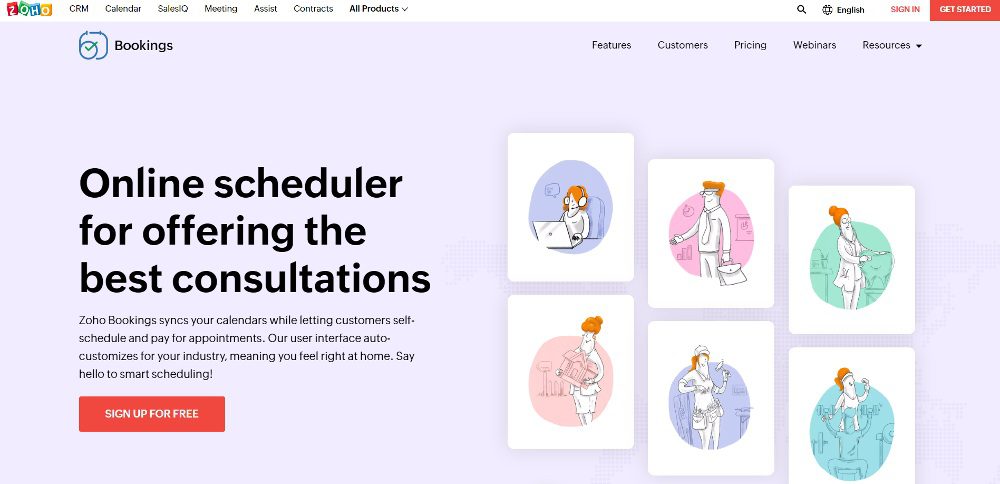
If your business already uses Zoho for CRM and emails, why not try Zoho Bookings for your scheduling needs? Zoho Bookings is similar to most scheduling apps, where you can reduce no-shows and back-and-forth emails. Plus, you can integrate apps such as Microsoft Teams, Zapier, Slack, Mailchimp, and Salesforce.
However, Zoho Bookings has customization features for your forms and pages. In addition, you can update your CRM records with Zoho Bookings.
Pricing:
- Basic – $8/staff/mo
- Premium – $12/staff/mo
10. Chili Piper
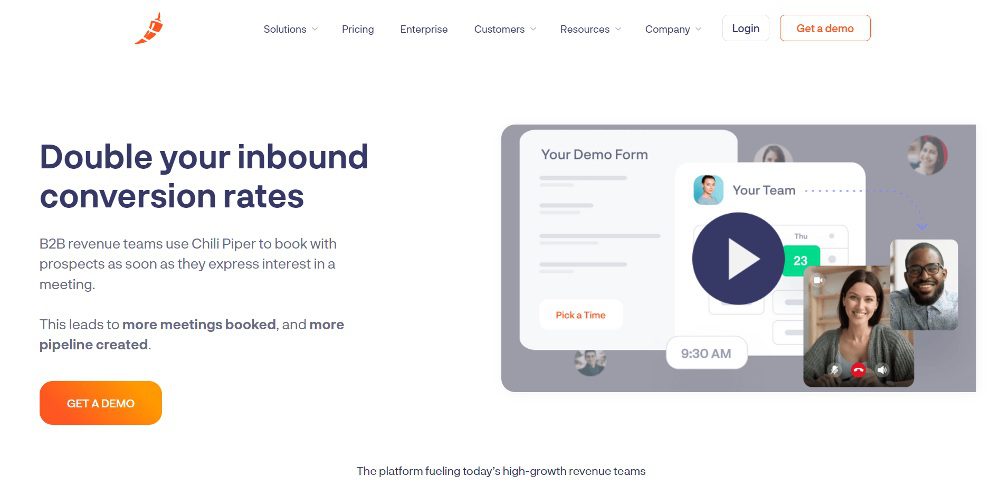
If you need a scheduling app meant for your marketing and sales teams, Chili Piper is one of the best apps for scheduling. They have four solutions to ensure your teams are on the right track to turn leads into customers:
- Form Concierge
- Distro
- Handoff
- Instant Booker
Most of these solutions involve routing (ensuring that sales teams get updates on their leads from sign-up to follow-ups. Other features of this scheduling app include:
- Smart booking links
- Rep matching
- Fair lead distribution
- No-show and vacation accounts
- Organize CRM
Pricing:
- Instant Booker – $15/user/mo
- Handoff – $25/user/mo
- Form Concierge – $30/user/mo
- Distro – $20/user/mo
You may like
Technology
Meta Quest 3 vs PlayStation VR2: Which to Buy in 2025?
Published
2 weeks agoon
October 2, 2025
In just a few years, virtual reality has made significant strides. The release of Meta Quest 3 and PlayStation VR2 has sparked debates over which headset is the best. So, if you’re a casual gamer, a tech enthusiast, or just a fan of immersive entertainment, this article can help you choose between the two. Let’s break it down.
These two are regular placers on lists of the best headsets, thanks to their lower price. However, what makes these VR headsets great is that despite the lower price, they deliver high quality. If you’re looking for VR headsets that are less expensive, these two are excellent options. Here’s a head-to-head review of Meta Quest 3 vs PlayStation VR2:
Design and Setup
Meta Quest 3 comes from a long line of Meta’s standalone, wireless VR. You won’t need a PC or console to run this bad boy. It’s also totally portable, setting up in seconds and allowing you to jump straight into the game or mixed reality experiences. Its new Touch Plus controllers are designed to be more ergonomic, making hand tracking smoother than ever.

On the other hand, PlayStation VR2 is tethered to a PlayStation 5. This means you have to deal with a cable, which can be a small price to pay for more powerful visuals and deeper immersion. Its headset boasts impressive features, including eye tracking, haptic feedback, and adaptive triggers. This allows for the headset to feel like an extension of your body rather than a piece of technology.

Visuals and Performance
Both headsets offer impressive display quality:
- Meta Quest 3: has a resolution of 2064×2208 per eye, a 120Hz refresh rate, and a broader field of view than its predecessor.
- PSVR2: displays 2000×2040 per eye on an OLED panel, also featuring a 120Hz refresh rate and HDR support for richer colors and deeper blacks.
It’s clear that Quest 3 has slightly higher resolution, however, PSVR2’s OLED display and eye tracking make it more realistic and responsive.
Game Library
Focusing more on a strong lineup of standalone VR titles, Meta Quest 3 features Laser Matrix, BlackGate, and Tracked: Shoot to Survive. It also supports many of the classics from Quest 2, such as Beat Saber, Superhot VR, and Resident Evil 4 VR. You can find more at Meta’s store as it continues to grow, with mixed reality experiences thrown in.
PSVR2 is ideal for those into cinematic and console-quality games. It offers titles like Astro Bot, Horizon Call of the Mountain, Hitman 3, and Aces of Thunder that powerfully show what the hardware can do. If you’re already a PS5 gamer, you’ll find a smooth transition into VR gaming with familiar franchises and high-end polish.
Price and Value
- Meta Quest 3 prices start at around $500, with a budget-friendly Quest 3S model for $300.
- PSVR2 is priced at $399.99, but it requires a PlayStation 5, which can increase the overall cost.
So, if you’re starting from scratch, Quest 3 gives better value. However, if you already own a PS5, PSVR2 becomes the more appealing option.
Final Verdict
So, which VR headset should you go for in 2025?
– Go with Meta Quest 3 if you want to be free from wires. You’ll love its portability and enjoy a growing library of standalone and mixed reality games.
– Choose PlayStation VR2 if you love high-end visuals. Its console integration and immersive gameplay push the boundaries of what VR can do, which can be a strong deciding factor for some.
Both headsets are excellent in their own right. The only factor worth considering is the type of experience you’re seeking.
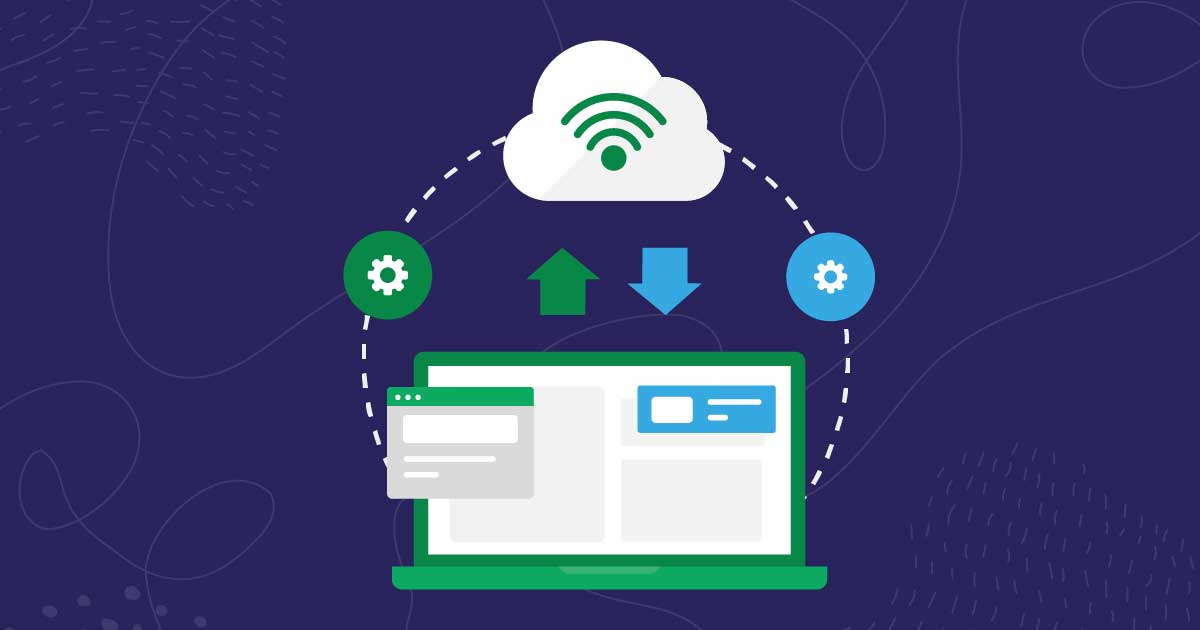
It’s a little surprising to most people that cloud-based software is behind most operations on the internet. Cloud services comprise a considerable component of the international information technology infrastructure as it provides means of Data Storage and Access.
Furthermore, it’s also a means to develop, grow, and maintain applications and databases on the world wide web. If you have a company, there needs to be some sort of central command point that stores your information and operates your requirements.
Essentially, a cloud-based application is defined by a program that manages the storage and housing of information. The following are typical examples of what cloud-based software includes:
- Storage, servers, and networking
- Possibility for developers to build, test and operate applications
- The ability for users to connect to web-based and mobile applications
Here are some cloud-based software examples you’ll want to check out.
1. Amazon Web Services
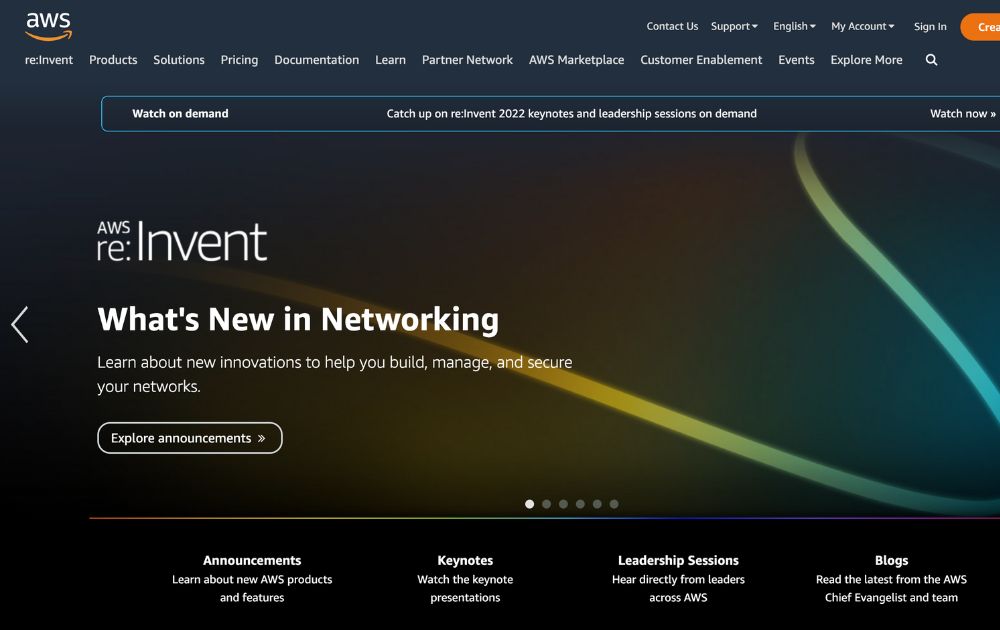
Amazon Web Services is one of the largest and best cloud computing services out there. It has a comprehensive set of computation, storage, and database solutions developers need for projects. Aside from these advantages, it’s also widely used – in fact, it’s currently available in 84 zones across 26 regions. Plus, it can be used on its own or connected to another cloud computing platform. AWS is free for all users.
2. Google Cloud Platform
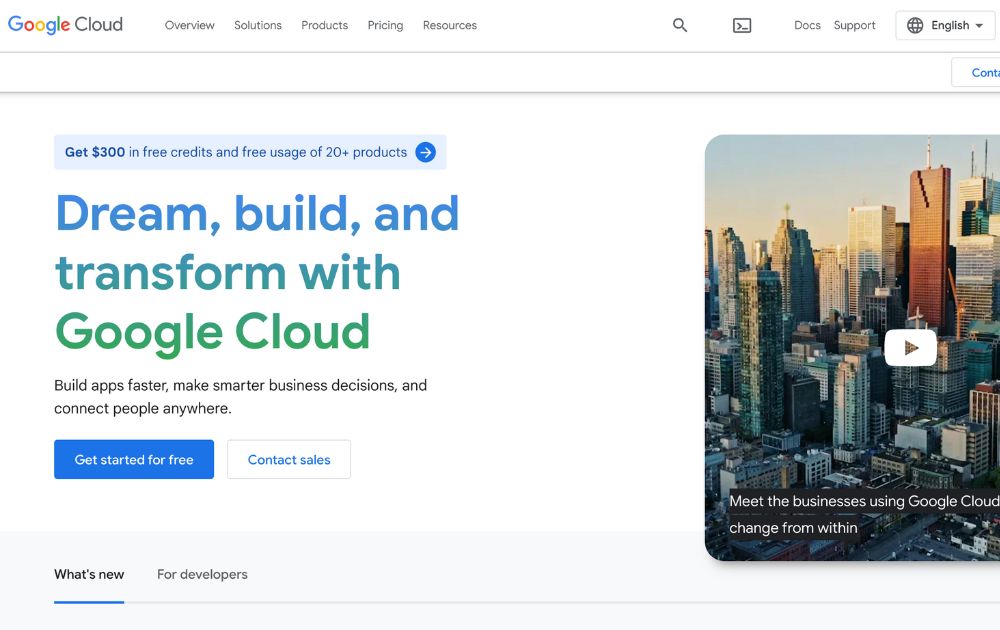
Meanwhile, Google Cloud Platform (GCP) is another public service provider you shouldn’t miss. The GCP is best for developers who want to scale their infrastructure at a quick pace. Aside from that, users can take advantage of the service’s AI, analytics, and data management capabilities. It uses virtual machines and hard disks at Google site centers to facilitate its operations. GCP has free trials for first-time users, but its primary payment method is pay-as-you-go.
3. IBM Cloud
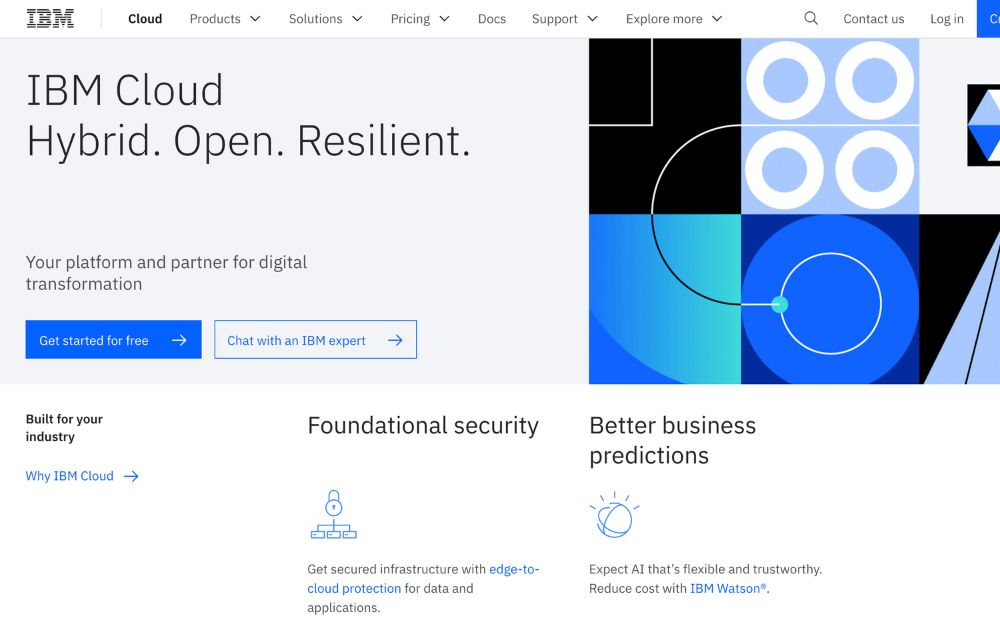
IBM Cloud is a highly customizable service that lets developers choose their preferred tools, data model, and delivery models. Developers can use it on its own, but it’s a service best used with other programs. Users prefer it over other services because of its high reliability, pre-installed security feature, and dual-stack IP capabilities. IBM Cloud is free to use.
4. Microsoft Azure
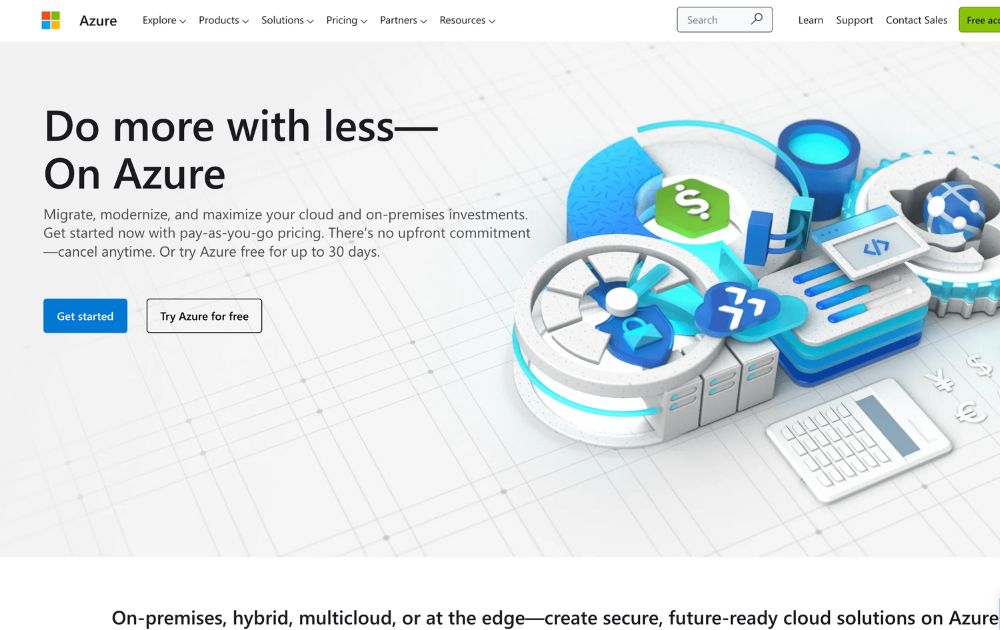
Microsoft Azure is one of the best cloud-based applications if you want a vast network across regions. It’s tailored for developers, and IT teams because of its flexible storage solutions, container and load balancing features, and other core cloud services. Plus, it supports various languages, tools, and operating systems. A free trial of Microsoft Azure will last you for 30 days, but their hourly rate starts at 2 cents per hour for 20GB.
5. Huawei Cloud
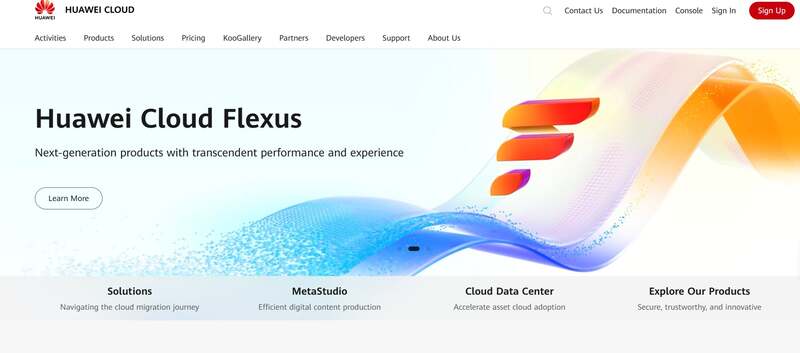
Huawei Cloud is a trusted global cloud service provider featuring robust and secure services to serve enterprises of any size. Computing, storage, and AI-based solutions boast extensive scalability and performance. Generally based out of Asia for extensive applications, Huawei Cloud is rapidly expanding into global markets, becoming a leading competitor for adaptive enterprise cloud needs.
6. Oracle Cloud
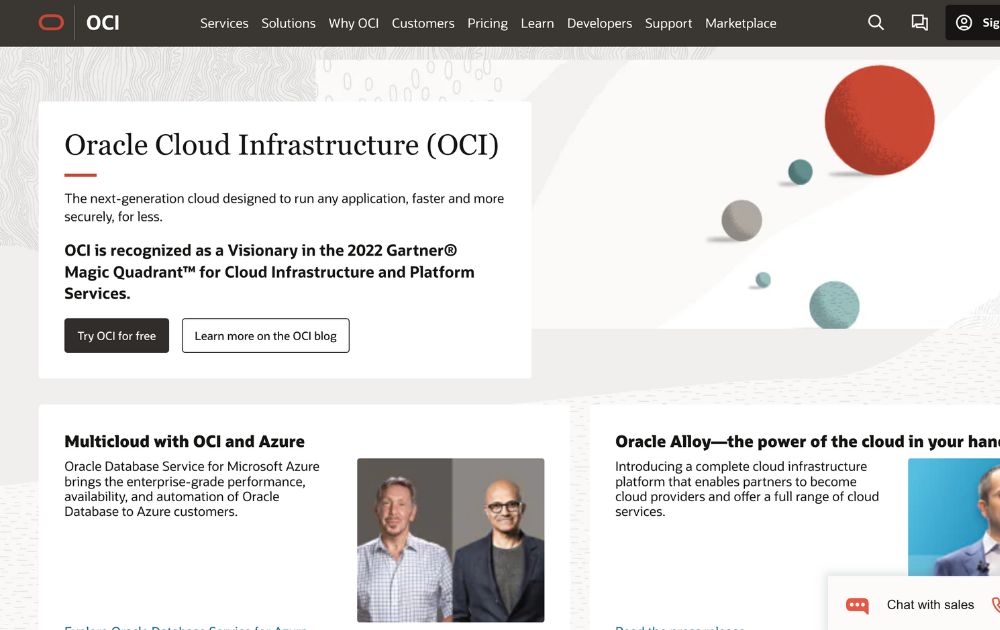
On the other hand, Oracle Cloud also offers basic cloud services tailored to enterprises. It’s suitable for both companies and developers to connect and share their applications online. Like other platforms, it provides storage, network, and applications through its data centers. Like other platforms, Oracle Cloud has tough security and reliable networks to ensure your data’s safety. This option has subscription-based and integrated services for any kind of online business.
7. Alibaba Cloud
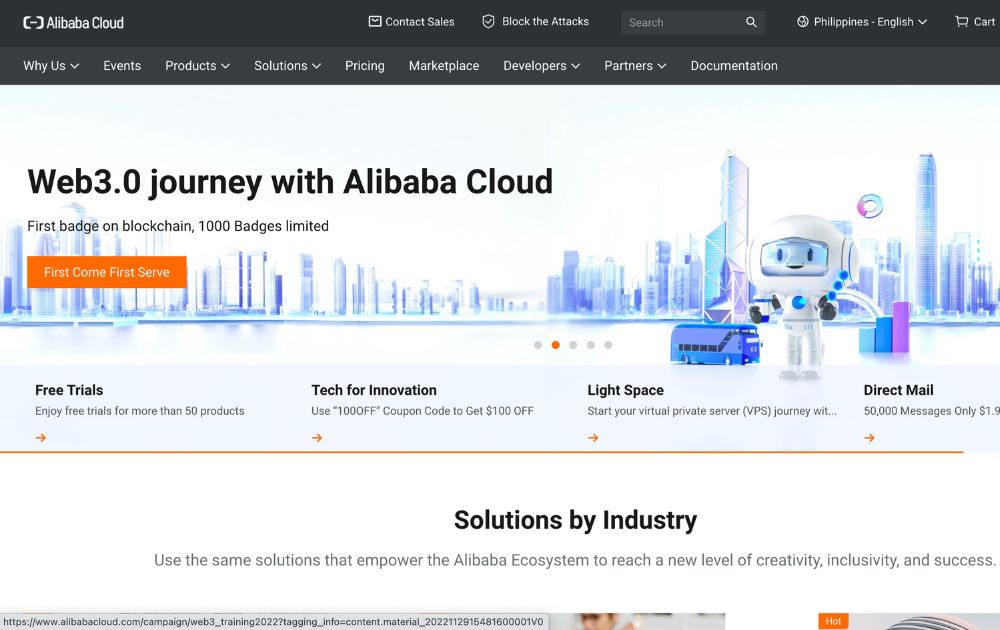
Alibaba Cloud is the leading cloud service provider in Asia and the Pacific, but huge in China. It has all the essential cloud computing services but includes elastic computing, machine learning, big data analytics, and a host of other features. Plus, it’s a scalable option that users can use by itself or with other networks. To date, it has 25 regional centers all over the world. The Alibaba Cloud is available as a pay-as-you-go service.
8. DigitalOcean
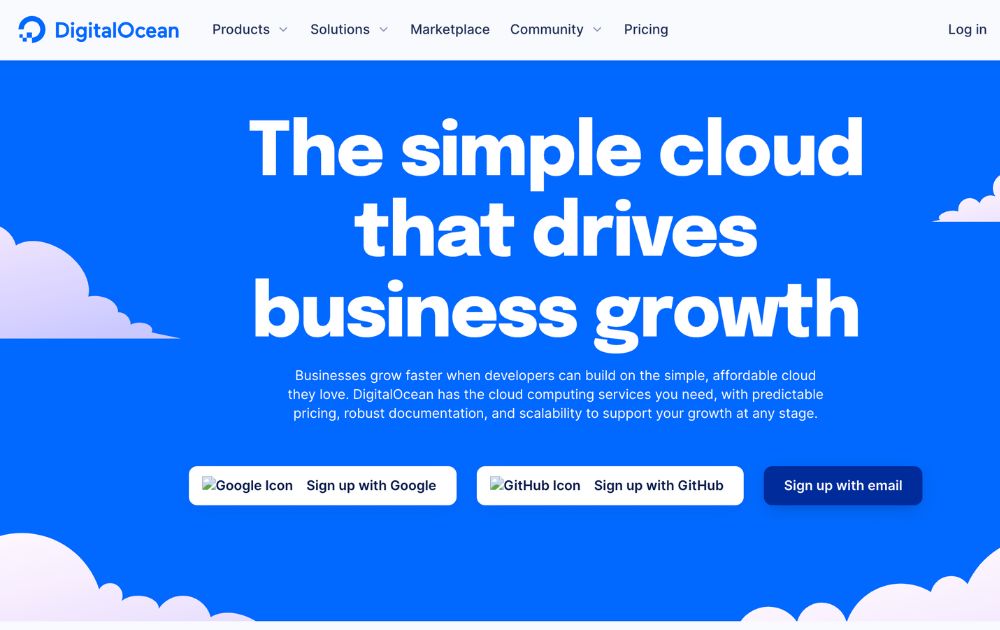
Meanwhile, if you’re looking for a simple option that’s better for small operations, DigitalOcean is for you. DigitalOcean focuses on IaaS and offers all the basic and core tools for only $6 a month. That said, it allows users to create VMs, deploy Kubernetes clusters, manage databases, and more. This option is one of the best for beginners for its friendly interface and cheap plans.
9. Tencent Cloud
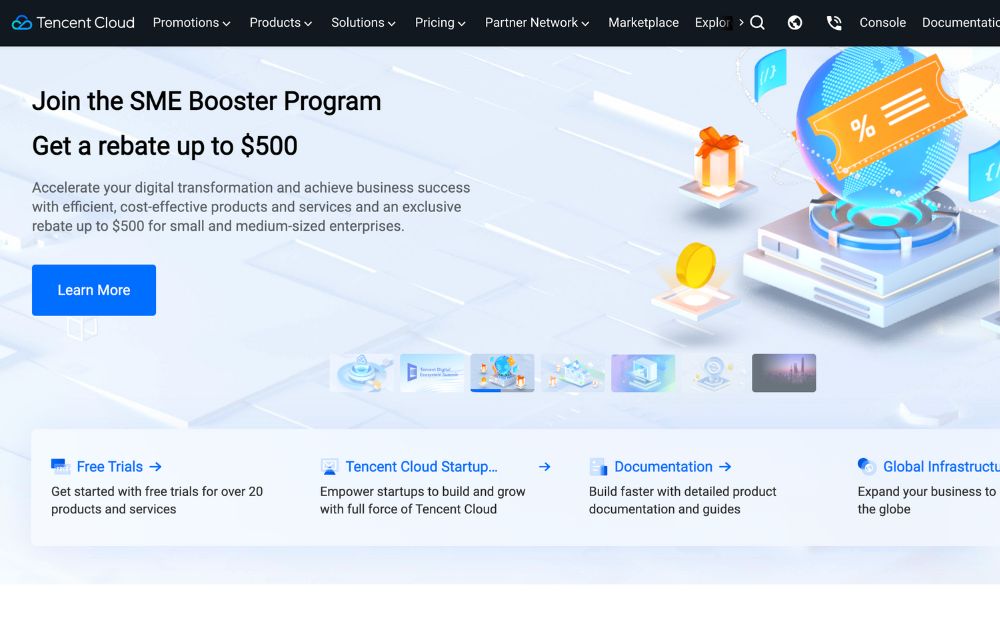
After Alibaba, China’s next largest service provider is Tencent Cloud. It’s a great option for storage, data migration, and analysis. In addition, it has powerful computation abilities with automatic scaling, CVMs, and auto-scaling. Plus, it also has scalable file storage and CDN. Apart from that, users can also get cloud storage and a strong security feature with this option. Tencent Cloud has over 500 locations all over the world.
10. Salesforce
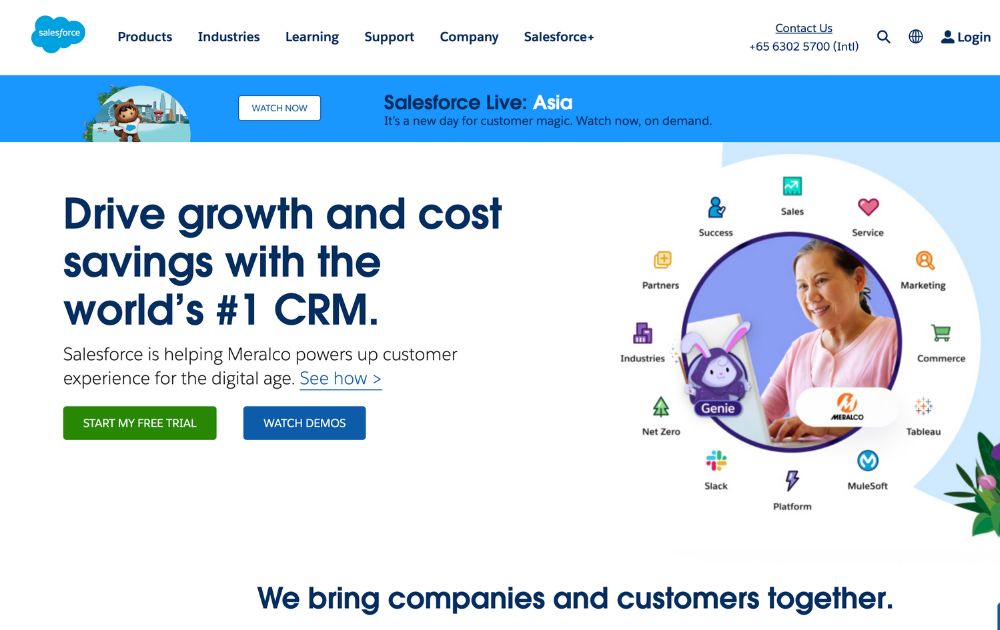
Meanwhile, Salesforce is one of the best cloud-based software solutions for businesses. It has CRM, sales, ERP, mobile apps, and more features. It’s best if you want customer support features to keep track of orders, manage clients, and track leads. You can also choose to add customer service data with records from other clouds. This option starts at $25 per month.
Factors to Consider When Choosing Cloud-Based Software
Need tips to find the best cloud-based software for you? You might want to take a look at these factors first.
First, check how payment works. Most platforms use a pay-per-use method, but others favor subscription-based plans. Next, you want to review their main services and whether they’re fit for your niche. For instance, developers and IT teams are better off with services like AWS and GCP. Salesforce, on the hand, is the best option for online shops and small teams.
You may also want to look at migration support and exit strategies. Some services have a vendor-lock rule that prevents you from moving to other services. Finally, pay some mind to their data management and security policies. You want to make sure your applications are secure and protected. In sum, do your dues and check for the reliability of the service you’re looking at. Check the cloud-based software advantages before making the jump to commit.

Artificial intelligence (AI) technologies continuously evolve and power various processes around us. Similarly, AI is one of the significant growth drivers in the semiconductor industry. It is because AI generates large amounts of data much faster and makes predictions more accurately than humanly possible.
MemryX is a startup focusing on AI processing for edge devices and is creating new technologies to address this emerging market. Let’s take a closer look at MemryX and its future directions.
Company Background
MemryX Inc was established in 2019 by Dr. Wei Lu to create an AI accelerator suitable for Edge devices. Dr. Lu has been an Electrical Engineering and Computer Science professor at the University of Michigan since 2005. He specializes in memory systems, neuromorphic computing, and in-memory computing system. Dr. Lu and his team spent almost three years developing and proving MemryX’s unique approach.
The company’s website lists Dr. Wei Lu as CTO and Co-Founder, while Keith Kressin is the President and CEO. Dr. Mohammed Zidan is the VP of Architecture, and Roger Peene is the company’s VP of Product & Business Development.
Just this March 2025, MemryX has raised $44 million in Series B funding through the support of new and existing investors. Their Series B founding comes at an opportune time of the MemryX’s announcement of the production quality of their MX3 Accelerator chip.

The Target and Flag Plant
Since the start, MemryX’s goal has been to be the leading provider in the edge AI semiconductor market. After all, this industry to projected to grow rapidly over the years because there’s ample demand for low-power and efficient AI accelerators.
Its target has always been industries that need real-time AI processing at the edge, such as automotive, smart devices, healthcare, industrial automation, and IoT.
As mentioned earlier, the company’s flagship product, the MX3 AI Accelerator, has moved beyond initial sampling and is now in full production. Because of this, it has earned industry recognition for its performance and ease of integration. Its innovative dataflow architecture allows developers to deploy complex AI models with minimal energy consumption and latency.

Strategic partnerships, such as its collaboration with the National Semiconductor Hub in Saudi Arabia and membership in the Edge AI Foundation, signal its ambition to expand globally while shaping the standards of the edge AI ecosystem.
The Challenge
Because of the rapid adoption of AI, there’s a challenge to have powerful models out of the cloud and into the real world without being overwhelming to devices in terms of not only power but also heat and complexity.

That said, CPUs, GPUs, and other traditional processors may not be ideal for real-time use beyond their use for training models. With that in mind, MemryX may find various challenges:
- High power consumption. A lot of accelerators drain too much energy, limiting their use in mobile or embedded devices.
- Latency issues. Cloud-based AI introduces delays that are unacceptable for applications like autonomous driving or medical imaging.
- Complex deployment. Running models on diverse hardware often requires extensive optimization and developer expertise.
- Scalability concerns. As models grow larger, businesses need solutions that can keep pace without ballooning costs.
Amid these challenges, MemryX saw an opportunity. It found a way to build a chip architecture with a dataflow-driven design, making edge AI both scalable and accessible.
Conclusion
The successful Series B funding in 2025 and partnerships with organizations like the National Semiconductor Hub in Saudi Arabia and the Edge AI Foundation show that MemryX is no longer just an emerging startup. It is an influential player with global ambitions. Recognition, such as the 2025 Edge AI and Vision Product of the Year Award, further validates its technology and market impact.
In short, MemryX has planted its flag as a serious contender in the semiconductor space, turning vision into execution and execution into momentum.

What are the Best Social Media Post Design Services for Startups?

What’s the Best Package Design Service Agency?

What’s the Best Print Media Design Service Agency?
Don’t Sign Up for a Design Service Before You Read This

What’s the Best Website Design Company in 2025?

What’s the Best Illustration Design Service Agency to Hire Today?

What’s the Best Logo Design Agency in 2025?

Meta Quest 3 vs PlayStation VR2: Which to Buy in 2025?
Don’t Sign Up for a Design Service Before You Read This

What’s the Best Motion Graphic Design Service Agency?

What’s the Best Ad Design Company Today?

What’s the Best Website Design Company in 2025?

What’s the Best Logo Design Agency in 2025?



